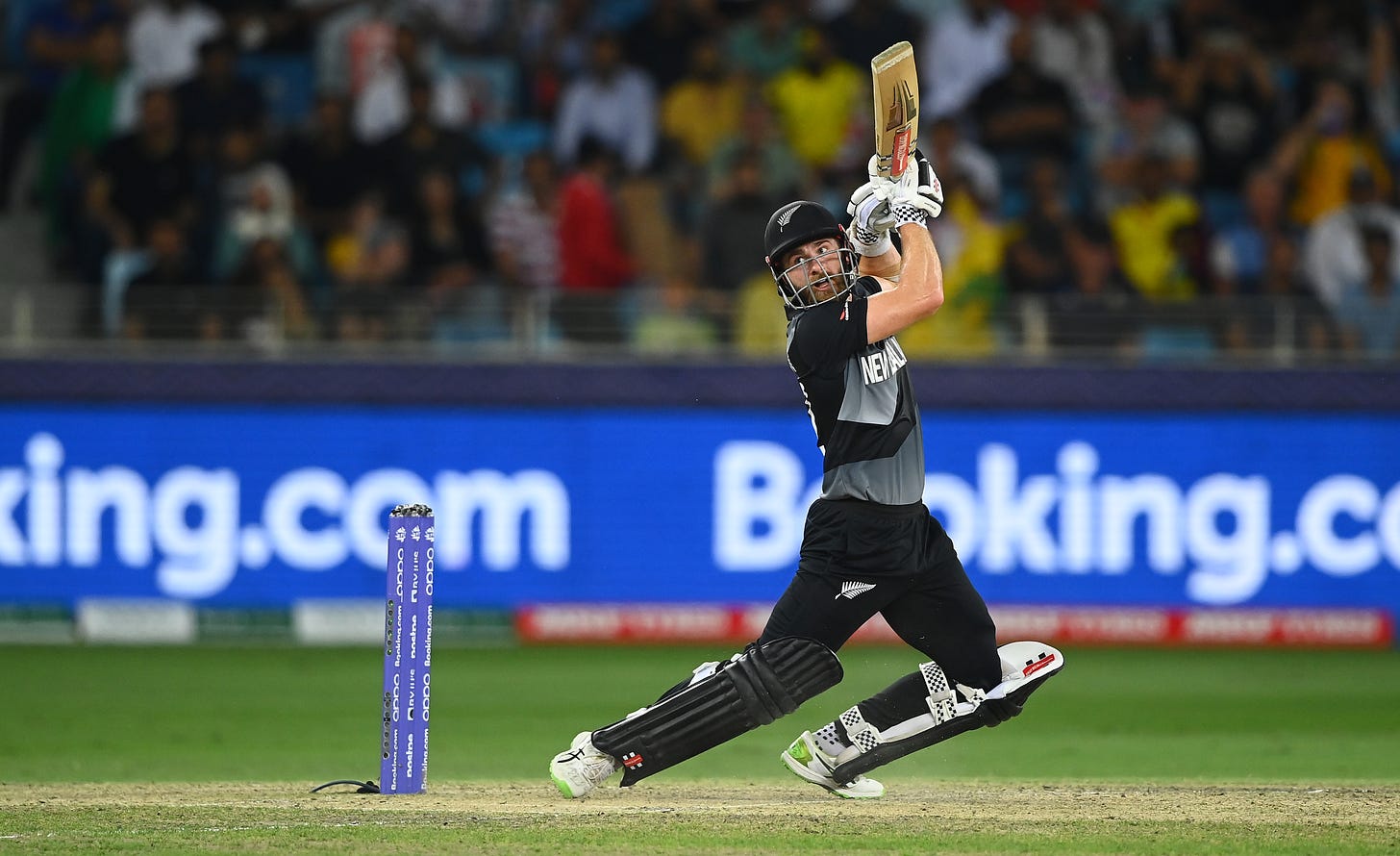Well, that weekend kinda sucked
Australia picked up where Ireland and France left off - killing the dreams of NZers.

I’ll never know what it feels like to spend a couple of days inflating a bouncy castle with a foot-pump only for some thugs to take a blade to it on the morning of the party - but I imagine it feels really empty. A bit like this.
Monday morning, it turn…
Keep reading with a 7-day free trial
Subscribe to The Bounce to keep reading this post and get 7 days of free access to the full post archives.



